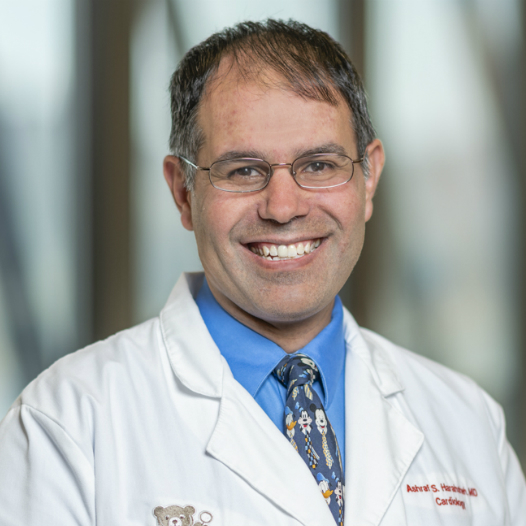Second wave of kids with MIS-C had more severe illness than first wave
When comparing the first and second wave of patients diagnosed with multi-system inflammatory syndrome in children (MIS-C), the second wave patients had more severe illness, according to a new prospective cohort study of 106 patients at Children’s National Hospital in Washington, D.C. The results, published in The Pediatric Infectious Disease Journal, show that despite increased severity in the second wave cohort, both cohorts had similarities in cardiac outcomes and length of stay. Researchers are still working to better understand the exact immunologic mechanisms that trigger MIS-C and the specific factors accounting for its rare occurrence.
“We’ve now seen three distinct waves of MIS-C since the beginning of the pandemic, each wave following national spikes in cases,” said Roberta DeBiasi, M.D., chief of the pediatric Division of Infectious Diseases at Children’s National and co-author of the study. “Kids in the second wave cohort had potentially experienced intermittent and/or repeated exposures to the virus circulating in their communities. In turn, this may have served as repeated triggers for their immune system which created the more severe inflammatory response.”
In this new study, key demographic features Children’s National researchers previously identified held true across both waves – including the fact that Black and Latino children are significantly more affected than white children.
Of the 106 patients:
- 54% of patients were Black
- 39% of patients were Hispanic
- 75% of patients had no underlying conditions
“While we believe the most recent third wave associated with the delta variant surge is tapering off, the findings from the first two waves provide important baseline information and are highly relevant for clinicians across the country that are evaluating and treating kids with MIS-C,” said Dr. DeBiasi.
In the study, researchers compared patient demographics, clinical features, laboratory results, radiographic images, therapies and outcomes. In the second wave cohort:
- There was a higher proportion of children 15 years of age or older.
- Patients presented more frequently with shortness of breath and required more advanced respiratory and inotropic support.
- Patients were less likely to test positive for SARS-CoV-2 on a PCR test.
Dr. DeBiasi and her team hope to unlock even more insights as they now analyze data from the third wave associated with the delta variant, which currently appears to have affected less children than the previous two.
Children’s National is also working in collaboration with the National Institute of Allergy and Infectious Diseases (NIAID) to study the long-term effects of MIS-C and COVID-19 on the pediatric population after recovery. This is among the largest and longest studies being conducted, and researchers are hopeful the findings will help improve treatment of COVID-19 and MIS-C in the pediatric population both nationally and around the world.
“Our timely established multidisciplinary MIS-C task force here at Children’s National allowed us to reduce the learning curve,” said Ashraf S. Harahsheh, M.D., F.A.A.P., F.A.C.C., director of Quality Outcomes in Cardiology and co-first author of the study. “Experience from other centers showed that immunotherapy was utilized more frequently in recent MIS-C cohorts leading to reduction in percentage of cardiac complications. On the other hand, and despite having increased illness severity in the second cohort, our approach with prompt immunotherapy helped stabilize the rate of cardiac complications.”
Media contact: Beth Riggs | 202-476-4500






